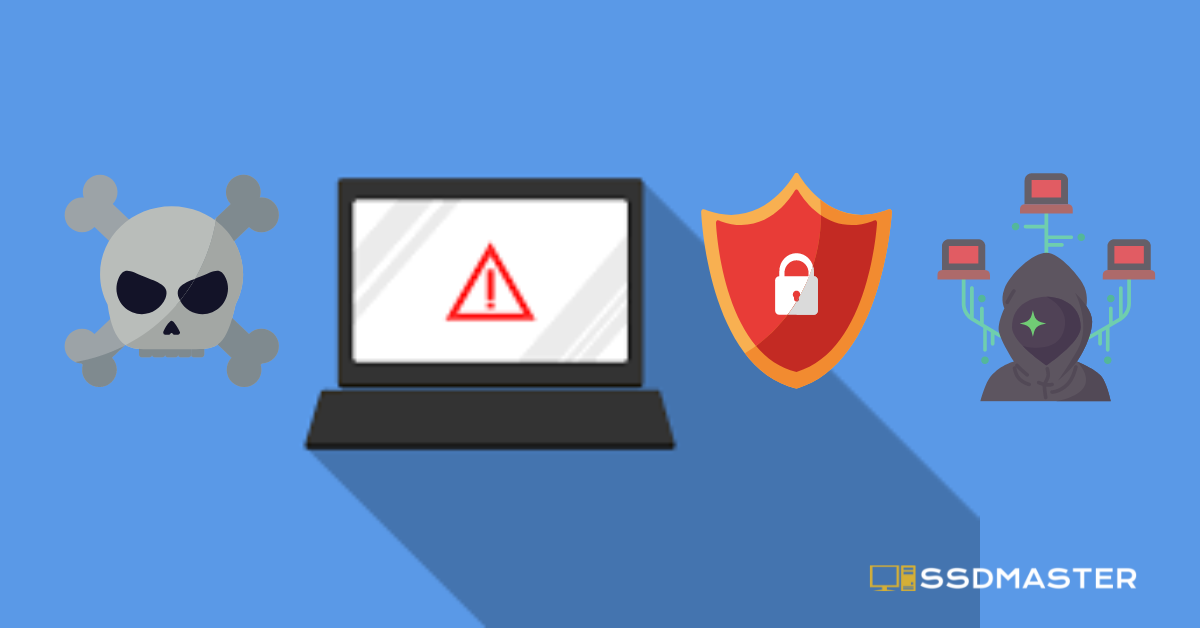As we rely more on technology in our daily lives, it’s crucial to protect our devices from malware, viruses, and other cyber threats. Solid-state State Drives (SSDs) are a common storage option for computers and laptops. However, just like traditional hard drives, SSDs can be vulnerable to viruses and malware. In this article, we will … Continue
Category: SSD
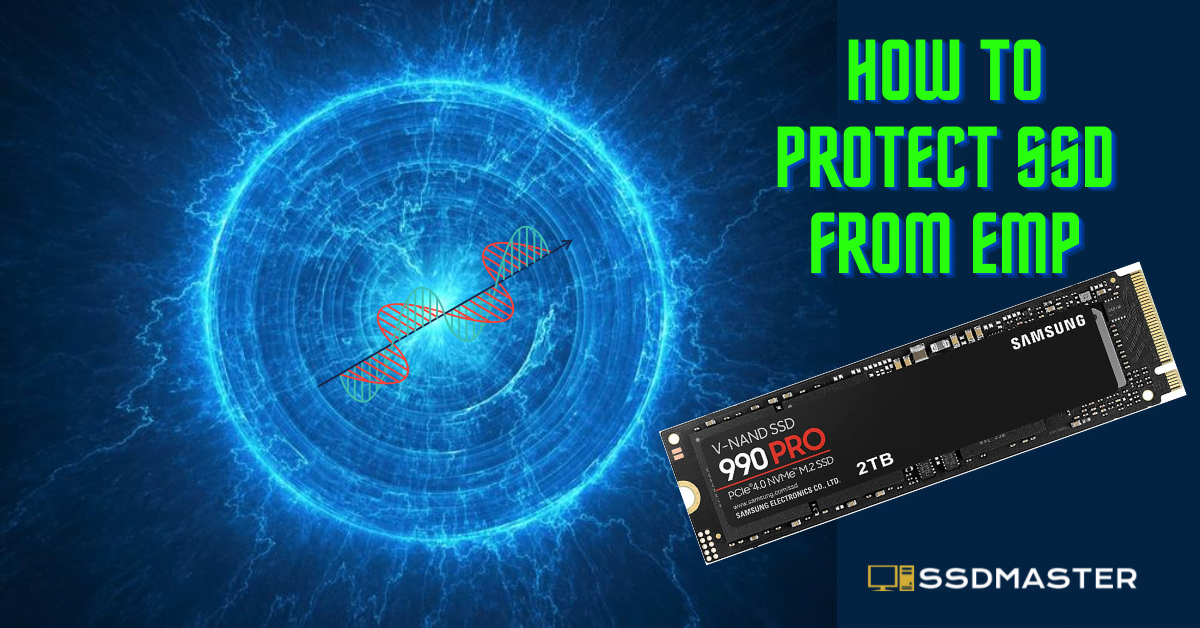
In today’s world, digital data is increasingly valuable, with many businesses, organizations, and individuals relying on electronic devices to store sensitive information. However, electronic devices are susceptible to damage from electromagnetic pulses (EMPs), which can destroy data stored on solid-state drives (SSDs). This article explores what EMPs are, the risks they pose to SSDs, and … Continue
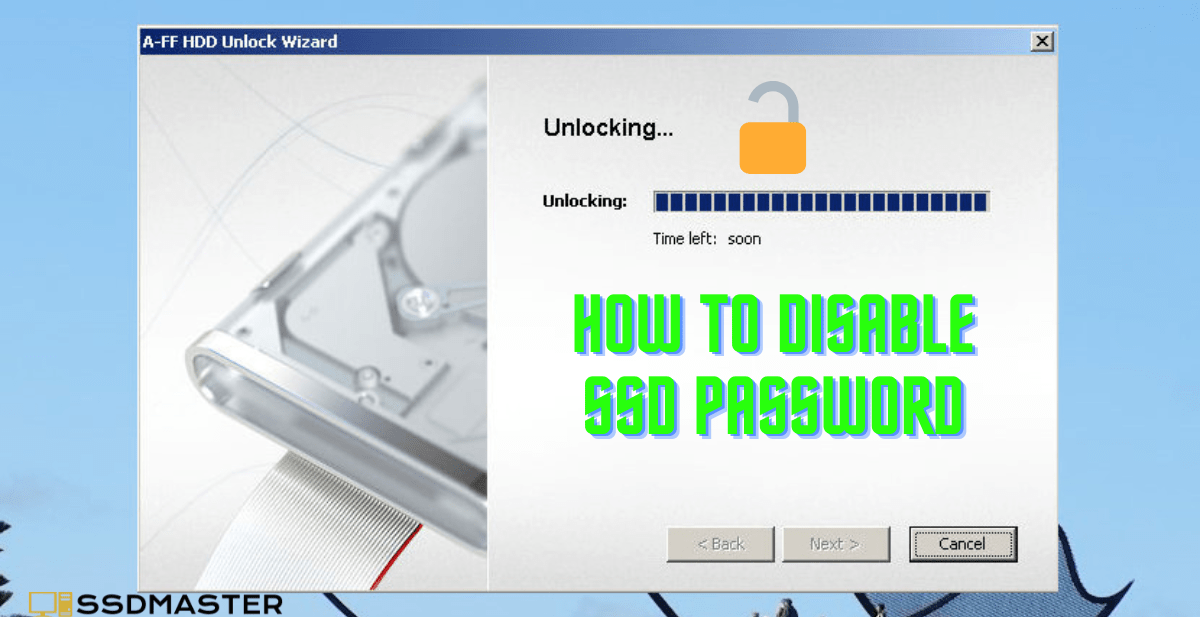
As security becomes an increasingly important issue for personal and business computers, SSD (Solid State Drive) passwords are becoming a more common way to protect sensitive data from unauthorized access. While SSD passwords are undoubtedly helpful in securing your data, they can also be a hassle to use daily. If you’re tired of having to … Continue
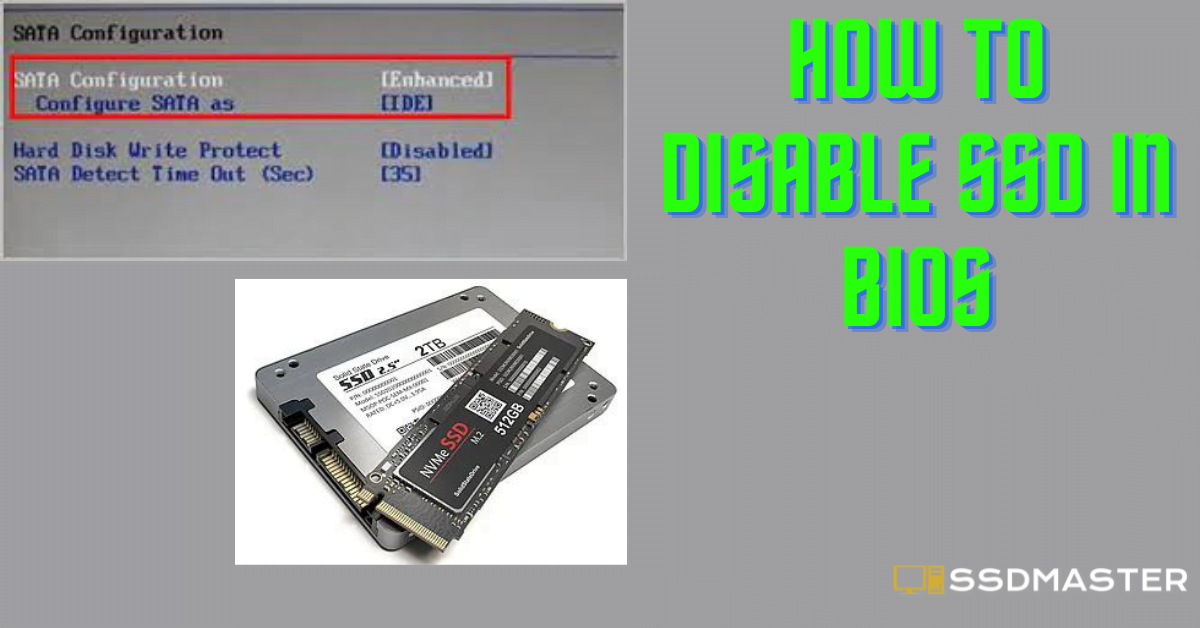
If you’re looking for How to Disable SSD in BIOS for your Solid State Drive (SSD), it may seem like a daunting task. However, with the right knowledge and guidance, you can easily disable your SSD and get back to using your computer. In this article, we’ll walk you through the steps necessary to disable … Continue
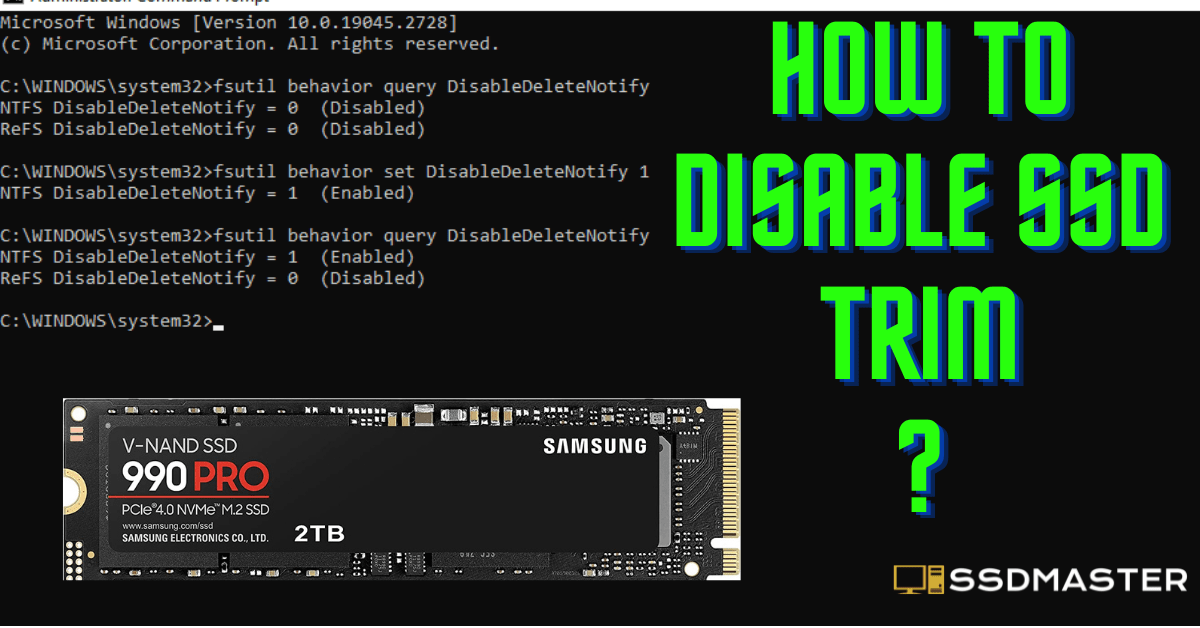
A growing number of people are turning to solid-state drives (SSDs) because of their high speed and reliability. One of the features that make SSDs stand out is TRIM, a command that helps maintain the drive’s performance by clearing unused data blocks. However, there are some situations where disabling TRIM may be necessary, such as … Continue

